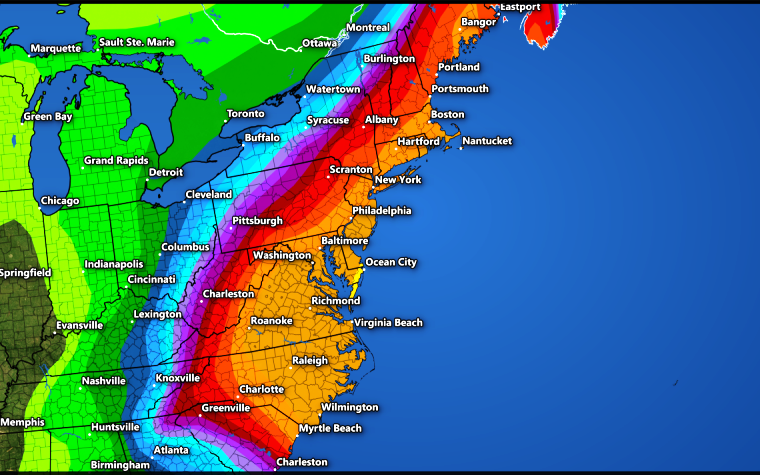University of Rhode Island professor Isaac Ginis of the Graduate School of Oceanography has performed “groundbreaking” research to better predict the onset and impact of hurricanes using the latest prediction models from his labs in Kingston.
The National Weather Service recently updated its hurricane
prediction models — the Geophysical Fluid Dynamics Laboratory (GFDL) and Hurricane
Weather Research and Forecasting (HWRF) — to better study northern hemisphere
events.
“Water temperature is the most important factor in
forecasting hurricane intensity,” Ginis said. “Hurricanes draw heat from the
ocean and they need high water temperature to develop.’’
When currents swirl waters of differing temperatures
together, patches of cool water are left at the surface level, affecting storm
intensity — the area posing one of climatologists’ greatest challenges. Ginis
explained that experts’ ability to predict intensity can positively impact
society’s preparedness level for torrential hurricanes.
For example, 2015’s Hurricane Patricia swelled from a Category
1 to a Category 5 storm in only 24 hours. The 2016 HWRF and GFDL technology
allows for greater accuracy in forecasts. Ginis uses data gleaned from
aircraft, satellites and ocean buoys to piece together a comprehensive overview.
Much of his computational work is done by affiliated
entities such as the U.S. Navy, the
National Oceanic and Atmospheric Administration (NOAA) or other schools such as the
University of North Carolina, which was commended by the U.S. Department
of Homeland Security for its coastal resilience research.
“For the last 15 years, NOAA has worked closely with Professor Ginis and his group to improve the National Weather Service’s operational hurricane models,’’ NOAA research scientist Morris Bender said. “His work has been critical to improve intensity prediction by pioneering how the ocean and the atmosphere interact, and how the hurricane derives its energy from the ocean surface.’’


 Alerts Sign-up
Alerts Sign-up